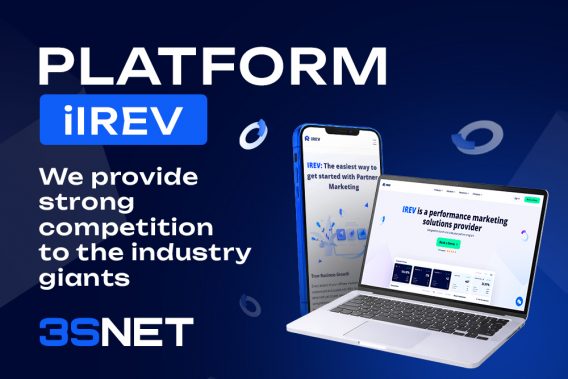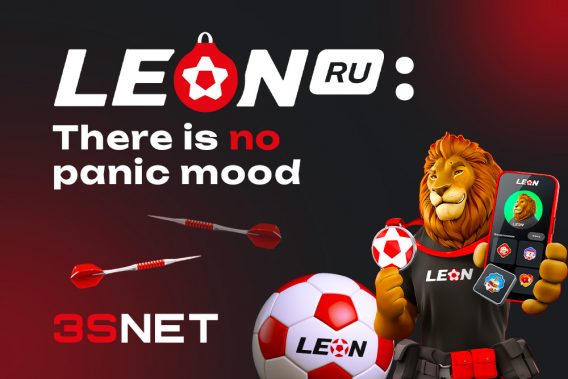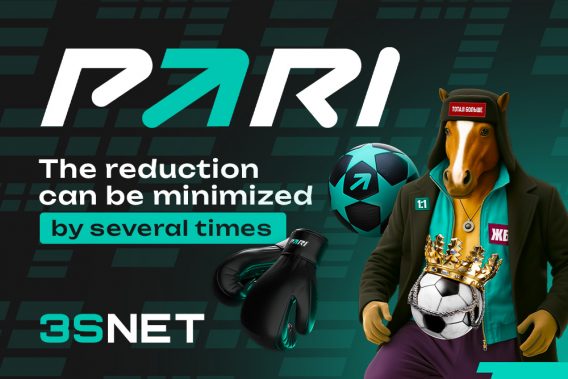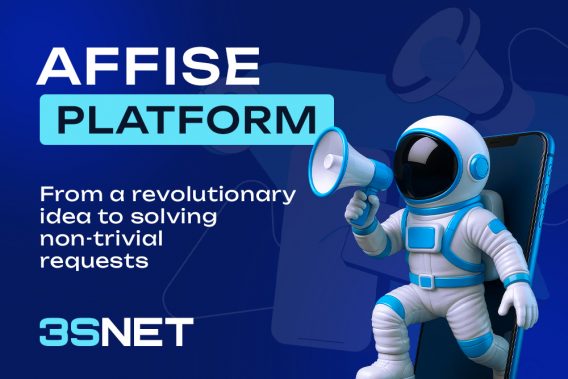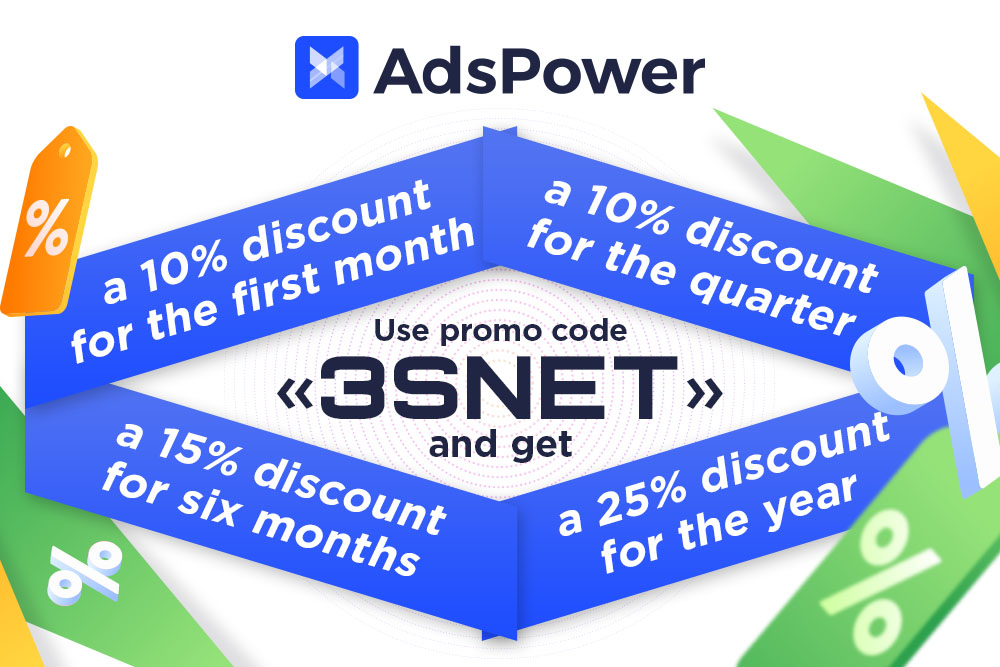
Publication date: 18 August 2025
Post-click window refers to the time interval between a user’s click on your affiliate link and their subsequent registration. In gambling and betting, this parameter is crucial because it directly affects whether the player gets attributed to you and thus impacts your earnings. Learn in our latest article on 3S.INFO why a short post-click window and the “last cookie” attribution model can result in serious financial losses, and discover which settings will help maximize conversions and retain players, even if they do not register right away.
What is Post-Click and Why Does It Matter for Media Buyers?
In gambling and betting verticals, post-click (post-click window) isn’t merely a technical parameter in an affiliate program. It’s a tool that directly influences whether your player stays with you or moves to another source.
In essence, the post-click window is the timeframe between when a user clicks on your affiliate link and registers in the advertiser’s system.
- If registration occurs within this time frame, the player is assigned to you, and all future deposits and activities will contribute to your income.
- If the deadline expires and registration happens later, the conversion will be credited to another source, such as a competitor or organic traffic.
It’s important to note that in gambling and betting affiliate marketing, post-click does not directly affect deposits. Once a player registers, the post-click question is resolved, and all financial actions are linked to their account. Therefore, the main goal for a media buyer is to ensure player registration within the specified time window.
How Does Post-Click Work in Practice?
The mechanics of post-click are simple, but nuances make it critically important. After clicking on your affiliate link, the system records the traffic source and assigns an identifier to the user — a cookie, pixel, or other tracking marker. From this moment, a timer starts counting. If the player registers within the advertiser-specified period (for instance, 30 days) he/she is attributed to you. If registration occurs later, the tracking marker becomes inactive, and the system considers the player to come from another source.
Additionally, distribution of traffic and conversions depends not only on the length of the window but also on the attribution model — first cookie or last cookie.
- First cookie attributes the player to the source that brought him/her first within the post-click window. This benefits the media buyer: if you were the first to introduce the user to the offer, the registration will count for you, even if the user interacted with other channels later.
- Last cookie credits the registration to the source through which the user came last before registering. There is a significant risk of losing the player in this model if others catch up or the advertiser’s remarketing overtakes them.
Why is Post-Click Critical Specifically in Gambling and Betting Verticals?
The gambling and betting market is characterized by intense competition and a lengthy decision-making cycle. A user might click on an ad today but spend several days or weeks researching the platform, reading reviews, comparing bonuses and terms. During this time, they may be pursued by other affiliates offering sign-up bonuses or by the brand itself through contextual advertising and remarketing.
If the post-click window is too short, the risk of losing a player increases significantly. Imagine you’ve invested money and effort in attracting traffic, the user clicked, became interested, but decided to return for registration two weeks later. If your window is only seven days, all investments are wasted. The registration will go to another channel.
Lead costs in these niches are high. Losing even one registered player can translate into tens or hundreds of dollars lost in the long term. Thus, post-click becomes not just a technical setting but a strategic element for media buyers.
- This also matters! The offer may seem perfect, but deposits are coming in lower than expected. The issue might not be the traffic—it could be the payment solutions. At 3S.INFO, find the latest LPMs for 2025: trends, regional specifics, and key restrictions to keep in mind.
What Should Media Buyers Look Out for Before Launching an Offer?
- Before driving traffic to an offer, always clarify the post-click window duration and attribution model with your affiliate manager. Typically, combining 30+ days with a first-cookie model is optimal.
- It’s crucial to verify that tracking settings align between the affiliate network and the ad platform you’re purchasing traffic from. For example, if the affiliate network sets a 30-day window, but the ad platform limits attribution to 7 days, some players will be “lost” during the analytics stage.
- Having reports on multichannel chains can also be advantageous: they show how many registrations you initiated but ultimately lost due to other channels.
Post-Click in iGaming: Real-Life Examples and Case Studies
Financial Aspect: How Much Money Leaks Due to Short Post-Click Windows
When viewed numerically, everything becomes evident. Assume you have 1,000 clicks with a 5% CR to registration, earning $100 per player.
- With a 30-day window, nearly all registrations are counted — resulting in 50 players and $5,000 in revenue.
- With a 14-day window, some registrations go to competitors — let’s say 40 players remain, yielding $4,000.
- With a 7-day window, only 32 players remain, resulting in $3,250.
- With a one-day window, just 20 players remain, bringing in $2,000.
The difference between the best-case scenario and worst-case scenario is $3,000, and that’s just on 1,000 clicks. Scaled up to months or years, losses can amount to tens of thousands of dollars.
Post-Click: Essential Information for Media Buyers
In gambling and betting verticals, post-click is the key to securing a player’s loyalty. It works only from the moment of click to registration, and afterwards, this step in attribution is closed. A short window combined with the last cookie model usually means direct loss of revenue. The optimal combination for affiliates would be 30+ days post-click and first cookie.
Before launching traffic, it’s essential not only to confirm post-click parameters with the affiliate network or advertiser but also to align them with your ad system settings and analyze multichannel reports to understand who and when intercepts your players.
Remember: In media buying, success goes to those who think not only about CTR and click costs but also about how to retain players until registration. Post-click is one of the tools that gives you this opportunity.
FAQ
What is a post-click window?
It is the time period between clicking an affiliate link and player registration, during which the player is correctly attributed to the affiliate source.
Which post-click setup works best for a media buyer?
Most often, a 30+ day post-click window with a first cookie model ensures accurate tracking and attribution in traffic arbitrage campaigns.
How does first cookie differ from last cookie?
First cookie assigns the player to the first traffic source they came from, while last cookie credits the last source before registration. Understanding this is crucial for precise conversion tracking.
Why is a short post-click window bad?
Users may return to register a week or more later. If the window is too short, the registration could be credited to another source, reducing campaign efficiency.
Does post-click affect deposits?
In gambling and betting verticals, post-click only applies up to registration and does not influence subsequent player deposits.
Can the post-click window be extended?
Sometimes yes, especially with high traffic volumes, by negotiating with the affiliate network or advertiser. Longer windows can improve attribution accuracy and campaign performance.
Share it with your friends via favorite social media




